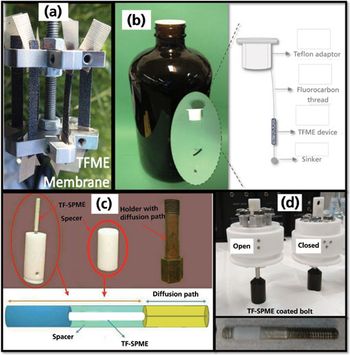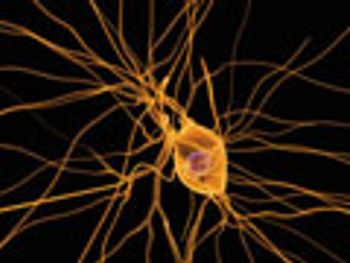Articles by Janusz Pawliszyn

In on-site environmental applications, representative sampling and proper replication are essential. For these reasons, recent work in thin-film solidphase microextraction has focused on the development of unique holders and customized samplers that are tailored for distinct sampling environments. Here, we explore the latest developments.


The use of in vivo SPME offers important advantages over conventional methods according to the authors, including simplified sample clean-up, fast stabilization of unstable analytes, elimination of enzymatic degradation after extraction and reduced ion suppression for mass spectrometry analyses.

The use of in vivo SPME offers important advantages over conventional methods according to the authors, including simplified sample clean-up, fast stabilization of unstable analytes, elimination of enzymatic degradation after extraction and reduced ion suppression for mass spectrometry analyses.

In this article, the authors review recent developments in the research of whole-column-imaging detection for capillary electrophoresis (CE). Whole-column-imaging detection was developed for capillary isoelectric focusing, for which it proved to be an ideal detector. Several whole-column-imaging detectors -- including refractive index gradient imaging, UV-absorption imaging, and fluorescence imaging detectors -- have been studied. The capillary isoelectric focusing UV-absorption imaging technique even has been commercialized. The development of whole-column-imaging detection itself facilitates CE studies in many directions such as in electrophoretic dynamics within narrow channels, new separation modes, and two-dimensional separations. Whole-column-imaging detection also finds application in capillary zone electrophoresis.








